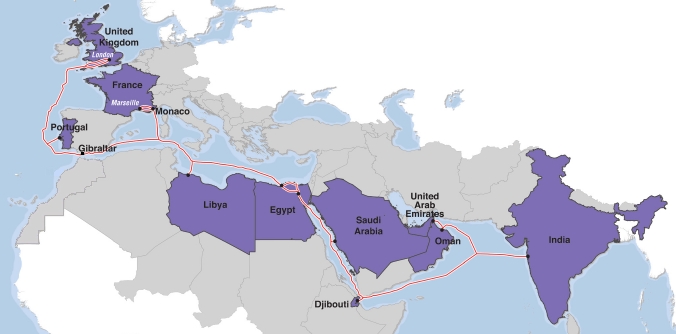Which DNS resolver is better - ISP’s (default) DNS resolver, or Google Public DNS or the pioneer of DNS openDNS or even a local DNS server?
Let’s try to find out! I am sitting on a BSNL data link, and I will try to perform few tests to find that out: Available DNS resolvers to me:
- BSNL DNS resolvers - 218.248.255.194 & 218.248.255.196
- Google Public DNS - 8.8.8.8 & 8.8.4.4
- OpenDNS - 208.67.222.222 & 208.67.220.220
- Local DNS Server - BIND running on localhost - 127.0.0.1
Observing ping time:
BSNL DNS resolver:
--- 218.248.255.194 ping statistics ---
5 packets transmitted, 4 received, 20% packet loss, time 4001ms
rtt min/avg/max/mdev = 26.978/27.754/29.122/0.897 ms
--- 218.248.255.194 ping statistics ---
5 packets transmitted, 4 received, 20% packet loss, time 4001ms
rtt min/avg/max/mdev = 26.978/**27.754**/29.122/0.897 ms
Google Public DNS:
--- 8.8.8.8 ping statistics --- 5 packets transmitted,
5 received, 0% packet loss,
time 4001ms rtt min/avg/max/mdev = 121.147/121.878/122.951/0.783 ms
OpenDNS:
--- 208.67.222.222 ping statistics ---
5 packets transmitted, 5 received, 0% packet loss, time 4005ms
rtt min/avg/max/mdev = 217.678/**219.528**/222.034/1.717 ms
Next, localhost? :)

